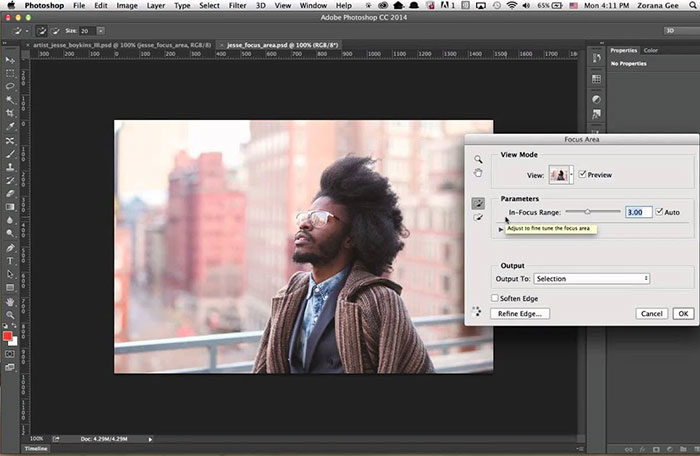
- Dreamweaver cs6 vs cc for free#
- Dreamweaver cs6 vs cc install#
- Dreamweaver cs6 vs cc code#
- Dreamweaver cs6 vs cc download#
Dreamweaver cs6 vs cc download#
You can also build or modify button designs in Adobe FireWorks, which will output browser-specific HTML5 code, if you like, or you can build your own app designs on jQuery Mobile’s fantastic ThemeRoller site and download them for use in Dreamweaver CS6. You can now design your app’s interface with the help of a new jQuery swatches panel, which lets you specify styles and colors for buttons. Dreamweaver’s templates were few and boring, too.Ī jQuery swatch panel for designing buttons.Some of this has changed for the better.

If you were trying to make an iOS app, you were out of luck, since Apple doesn’t make an SDK that runs on Windows.
Dreamweaver cs6 vs cc install#
The previous version of Dreamweaver allowed users to build mobile applications (in addition to mobile websites), but doing so took some effort: You had to download the Android Software Developer’s Kit (SDK) on your own, install it, then tell Dreamweaver where to find it.

Whether you use downloaded Web fonts or externally hosted ones on your site, you will see them render properly in Dreamweaver’s Live view. To use the fonts, you select some text, then pick the font name from a CSS drop-down menu. Adobe says that’s due to licensing issues, but I think the procedure still could have been made a little less cumbersome. And Dreamweaver CS6 requires that you load the fonts one at a time into the Web Fonts Manager interface, and then you must add them to your Font Families list. That’s great, but you must download the fonts to your own server, because the utility does not help you manage fonts that must be hosted externally, such as ones from Adobe’s own TypeKit library, though Adobe says support for incorporating TypeKit fonts is coming soon.
Dreamweaver cs6 vs cc for free#
Instead of sticking with the standard, boring Ariel, Tahoma, and the like, which are built into all browsers and therefore are safe to specify in a Web page, you can buy or find for free fonts from Google or other outfits, load them on your Web server, and then use Dreamweaver CS6’s new Web Font Manager to apply them to your pages.
Dreamweaver cs6 vs cc code#
Dreamweaver generates all of the browser-specific code that is necessary for browsers (old and new) to use this code that is, every action that you set causes Dreamweaver to generate CSS code that’s easy to understand. The code that Dreamweaver generates is simple, too, because the behaviors that it describes are taken care of by concise CSS3 code, not verbose JavaScript. Once you’ve got down how they work, you can build spiffy actions, such as rollovers and other movements pretty simply. Still, you can now make some changes in code while the Live view is enabled and see your changes reflected in the Design pane, something you couldn’t do before.ĭialog box for new CSS Transitions tool.A new palette and associated dialog box help you create CSS Transitions, which are motion effects that do not require JavaScript (or Flash, of course). Also, Dreamweaver’s Live view is improved, in that the visual representation of what your Web page will look like in a real browser is closer to reality (but only closer to what webkit-based browsers–meaning, Safari and Chrome–will look like Firefox and Internet Explorer may look dramatically different). Dreamweaver’s interface has new, useful buttons at the bottom of its Design window that you can click on to show smartphone, tablet, and desktop screen viewports, and those are very helpful to see how your content will appear. I found Fluid Grid Layouts easy enough to create, but I found that resizing the containers worked a little sluggishly, and the undo function frequently didn’t work. Does the content on the page just sit there as you resize, or does it reflow, based on the size of the window? If it reflows, then it’s probably an HTML5-based site, and it will likely work well on any kind of device. This is known as adaptive design, and you can test it on any website by opening it in a desktop browser and then resizing the browser window, from smartphone size to standard desktop size.

That is, you build your content once, and then the Web pages on which that content lives will reconfigure themselves to display the content properly on any size screen.

Fluid Grid Layouts are supposed to give you a starting point for an adaptive design.


 0 kommentar(er)
0 kommentar(er)
